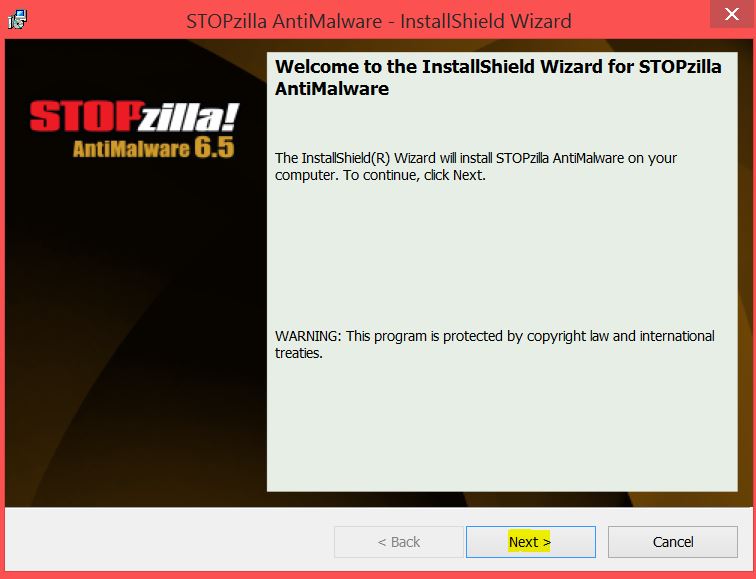“9939114(.)info” is another domain of a fake tech support website. It can appear if you have a browser extension or some other potentially unwanted program (PUP) installed on your PC. You may be constantly redirected to the domain and unable to get out of it or the browser as a whole. There are also pop-ups supporting the scam, claiming that your PC’s network is inaccessible because of serious errors and that you should call a “toll-free” phone number.
| Name | 9939114(.)info |
| Type | Tech Support Scam |
| Short Description | Tries to trick you into believing that your computer is infected with malware and your computer network connectivity is being blocked. Features a fraudulent phone number. |
| Symptoms | Background imitating a legitimate Microsoft Windows BSOD screen with pop-ups claiming that you must call a Toll-free phone number to resolve the issue. |
| Distribution Method | Freeware Installers, Suspicious Sites, Browser Redirects |
| Detection Tool | Download Malware Removal Tool, to See If Your System Has Been Affected by malware |
| User Experience | Join our forum to discuss about 9939114(.)info. |
9939114(.)info – How Did I Get It?
The PUP that supports the “9939114(.)info” domain usually gets into your PC via third-party installers, that may also add a browser extension. They can try to hide in freeware installations and bundled packages.
In such packages, additional applications for installation are not always disclosed in a proper manner, and people get tricked into installing potentially unwanted programs such as those related to “9939114(.)info”. Sometimes this may be avoided by finding the “Advanced” or “Custom” option in an installation setup to check what exactly you’re installing.
You might also get infected by clicking on different advertisements and banners containing malicious content.
9939114(.)info – More About It
“9939114(.)info” is a tech support scam. It features a fake phone number in it. It claims that your computer has multiple issues that need to be resolved, like:
→Suspicious Connection was trying to access your Logins, Banking Details.
→Windows Security Services and Firewall are disabled.
→Your TCP connection was blocked.
In order to be able to resolve them you have to contact the “nearest Windows Service Center or call help desk” by calling a “Toll-Free” phone number. Actually, this may be the most expensive call you ever make. It is definitely not free as advertised, and it will cost a lot of money per impulse. Also, keep in mind that all the error messages are false, as is the website itself.
That is not the only reason you should not in any circumstances call the fake support number – the scammers that run the website, may also try to get you to tell them personal details and financial information using different techniques. Then they can sell that data to the highest bidder or take advantage of it in another way. During our research, we discovered the most common phone numbers used by the website:
- 844. 372 7690 (TOLL-FREE)
- 855. 252 7744 (TOLL-FREE)
- 844. 669 4256 (TOLL-FREE)
- 844. 818 0440 (TOLL-FREE)
- 844. 452 4684 (TOLL-FREE)
What you are instructed by the popups is to not touch anything, because that can do damage to your computer and data. There is a fake Blue Screen of Death (BSOD) to aid to the lie as well. A true BSOD shows before the start of Windows and serves to inform that something prevents the OS from launching normally. Such a blue screen cannot appear in a browser, and the fraudulent one here is just a blue background with some custom text written in white color. But you may not be able to figure that out, because of constant messages that keep showing. This is done to try to scare you into rushing and calling the fake phone number.
“9939114(.)info” may also collect information about you through the browser cookies and custom JavaScript files injected through the browser extension or a program installed on your computer, assisting the fake support site. Via the Flash plugin a .mp3 file is played with a woman’s voice trying to scare you more, as many similar tech support scams do.
Remove 9939114(.)info Completely
To remove “9939114(.)info” manually from your computer, be certain to follow the removal instructions provided below. In case the manual removal does not get rid of the browser redirects and PUPs completely, you should find and remove the leftovers with an advanced anti-malware program. Such a program will also take care of your system’s security and keep it safe from other threats.
First, close your browser from the Windows Task Manager by pressing WIN button and X together and choosing Task manager. After that, locate your browser right click it from the list and click on End Task. Then, follow this manual to remove it from your browser:
- Windows
- Mac OS X
- Google Chrome
- Mozilla Firefox
- Microsoft Edge
- Safari
- Internet Explorer
- Stop Push Pop-ups
How to Remove 9939114(.)info from Windows.
Step 1: Scan for 9939114(.)info with SpyHunter Anti-Malware Tool



Step 2: Boot Your PC In Safe Mode





Step 3: Uninstall 9939114(.)info and related software from Windows
Uninstall Steps for Windows 11



Uninstall Steps for Windows 10 and Older Versions
Here is a method in few easy steps that should be able to uninstall most programs. No matter if you are using Windows 10, 8, 7, Vista or XP, those steps will get the job done. Dragging the program or its folder to the recycle bin can be a very bad decision. If you do that, bits and pieces of the program are left behind, and that can lead to unstable work of your PC, errors with the file type associations and other unpleasant activities. The proper way to get a program off your computer is to Uninstall it. To do that:


 Follow the instructions above and you will successfully uninstall most programs.
Follow the instructions above and you will successfully uninstall most programs.
Step 4: Clean Any registries, Created by 9939114(.)info on Your PC.
The usually targeted registries of Windows machines are the following:
- HKEY_LOCAL_MACHINE\Software\Microsoft\Windows\CurrentVersion\Run
- HKEY_CURRENT_USER\Software\Microsoft\Windows\CurrentVersion\Run
- HKEY_LOCAL_MACHINE\Software\Microsoft\Windows\CurrentVersion\RunOnce
- HKEY_CURRENT_USER\Software\Microsoft\Windows\CurrentVersion\RunOnce
You can access them by opening the Windows registry editor and deleting any values, created by 9939114(.)info there. This can happen by following the steps underneath:


 Tip: To find a virus-created value, you can right-click on it and click "Modify" to see which file it is set to run. If this is the virus file location, remove the value.
Tip: To find a virus-created value, you can right-click on it and click "Modify" to see which file it is set to run. If this is the virus file location, remove the value.
Video Removal Guide for 9939114(.)info (Windows).
Get rid of 9939114(.)info from Mac OS X.
Step 1: Uninstall 9939114(.)info and remove related files and objects





Your Mac will then show you a list of items that start automatically when you log in. Look for any suspicious apps identical or similar to 9939114(.)info. Check the app you want to stop from running automatically and then select on the Minus (“-“) icon to hide it.
- Go to Finder.
- In the search bar type the name of the app that you want to remove.
- Above the search bar change the two drop down menus to “System Files” and “Are Included” so that you can see all of the files associated with the application you want to remove. Bear in mind that some of the files may not be related to the app so be very careful which files you delete.
- If all of the files are related, hold the ⌘+A buttons to select them and then drive them to “Trash”.
In case you cannot remove 9939114(.)info via Step 1 above:
In case you cannot find the virus files and objects in your Applications or other places we have shown above, you can manually look for them in the Libraries of your Mac. But before doing this, please read the disclaimer below:



You can repeat the same procedure with the following other Library directories:
→ ~/Library/LaunchAgents
/Library/LaunchDaemons
Tip: ~ is there on purpose, because it leads to more LaunchAgents.
Step 2: Scan for and remove 9939114(.)info files from your Mac
When you are facing problems on your Mac as a result of unwanted scripts and programs such as 9939114(.)info, the recommended way of eliminating the threat is by using an anti-malware program. SpyHunter for Mac offers advanced security features along with other modules that will improve your Mac’s security and protect it in the future.
Video Removal Guide for 9939114(.)info (Mac)
Remove 9939114(.)info from Google Chrome.
Step 1: Start Google Chrome and open the drop menu

Step 2: Move the cursor over "Tools" and then from the extended menu choose "Extensions"

Step 3: From the opened "Extensions" menu locate the unwanted extension and click on its "Remove" button.

Step 4: After the extension is removed, restart Google Chrome by closing it from the red "X" button at the top right corner and start it again.
Erase 9939114(.)info from Mozilla Firefox.
Step 1: Start Mozilla Firefox. Open the menu window:

Step 2: Select the "Add-ons" icon from the menu.

Step 3: Select the unwanted extension and click "Remove"

Step 4: After the extension is removed, restart Mozilla Firefox by closing it from the red "X" button at the top right corner and start it again.
Uninstall 9939114(.)info from Microsoft Edge.
Step 1: Start Edge browser.
Step 2: Open the drop menu by clicking on the icon at the top right corner.

Step 3: From the drop menu select "Extensions".

Step 4: Choose the suspected malicious extension you want to remove and then click on the gear icon.

Step 5: Remove the malicious extension by scrolling down and then clicking on Uninstall.

Remove 9939114(.)info from Safari
Step 1: Start the Safari app.
Step 2: After hovering your mouse cursor to the top of the screen, click on the Safari text to open its drop down menu.
Step 3: From the menu, click on "Preferences".

Step 4: After that, select the 'Extensions' Tab.

Step 5: Click once on the extension you want to remove.
Step 6: Click 'Uninstall'.

A pop-up window will appear asking for confirmation to uninstall the extension. Select 'Uninstall' again, and the 9939114(.)info will be removed.
Eliminate 9939114(.)info from Internet Explorer.
Step 1: Start Internet Explorer.
Step 2: Click on the gear icon labeled 'Tools' to open the drop menu and select 'Manage Add-ons'

Step 3: In the 'Manage Add-ons' window.

Step 4: Select the extension you want to remove and then click 'Disable'. A pop-up window will appear to inform you that you are about to disable the selected extension, and some more add-ons might be disabled as well. Leave all the boxes checked, and click 'Disable'.

Step 5: After the unwanted extension has been removed, restart Internet Explorer by closing it from the red 'X' button located at the top right corner and start it again.
Remove Push Notifications from Your Browsers
Turn Off Push Notifications from Google Chrome
To disable any Push Notices from Google Chrome browser, please follow the steps below:
Step 1: Go to Settings in Chrome.

Step 2: In Settings, select “Advanced Settings”:

Step 3: Click “Content Settings”:

Step 4: Open “Notifications”:

Step 5: Click the three dots and choose Block, Edit or Remove options:

Remove Push Notifications on Firefox
Step 1: Go to Firefox Options.

Step 2: Go to “Settings”, type “notifications” in the search bar and click "Settings":

Step 3: Click “Remove” on any site you wish notifications gone and click “Save Changes”

Stop Push Notifications on Opera
Step 1: In Opera, press ALT+P to go to Settings.

Step 2: In Setting search, type “Content” to go to Content Settings.

Step 3: Open Notifications:

Step 4: Do the same as you did with Google Chrome (explained below):

Eliminate Push Notifications on Safari
Step 1: Open Safari Preferences.

Step 2: Choose the domain from where you like push pop-ups gone and change to "Deny" from "Allow".
9939114(.)info-FAQ
What Is 9939114(.)info?
The 9939114(.)info threat is adware or browser redirect virus.
It may slow your computer down significantly and display advertisements. The main idea is for your information to likely get stolen or more ads to appear on your device.
The creators of such unwanted apps work with pay-per-click schemes to get your computer to visit risky or different types of websites that may generate them funds. This is why they do not even care what types of websites show up on the ads. This makes their unwanted software indirectly risky for your OS.
What Are the Symptoms of 9939114(.)info?
There are several symptoms to look for when this particular threat and also unwanted apps in general are active:
Symptom #1: Your computer may become slow and have poor performance in general.
Symptom #2: You have toolbars, add-ons or extensions on your web browsers that you don't remember adding.
Symptom #3: You see all types of ads, like ad-supported search results, pop-ups and redirects to randomly appear.
Symptom #4: You see installed apps on your Mac running automatically and you do not remember installing them.
Symptom #5: You see suspicious processes running in your Task Manager.
If you see one or more of those symptoms, then security experts recommend that you check your computer for viruses.
What Types of Unwanted Programs Are There?
According to most malware researchers and cyber-security experts, the threats that can currently affect your device can be rogue antivirus software, adware, browser hijackers, clickers, fake optimizers and any forms of PUPs.
What to Do If I Have a "virus" like 9939114(.)info?
With few simple actions. First and foremost, it is imperative that you follow these steps:
Step 1: Find a safe computer and connect it to another network, not the one that your Mac was infected in.
Step 2: Change all of your passwords, starting from your email passwords.
Step 3: Enable two-factor authentication for protection of your important accounts.
Step 4: Call your bank to change your credit card details (secret code, etc.) if you have saved your credit card for online shopping or have done online activities with your card.
Step 5: Make sure to call your ISP (Internet provider or carrier) and ask them to change your IP address.
Step 6: Change your Wi-Fi password.
Step 7: (Optional): Make sure to scan all of the devices connected to your network for viruses and repeat these steps for them if they are affected.
Step 8: Install anti-malware software with real-time protection on every device you have.
Step 9: Try not to download software from sites you know nothing about and stay away from low-reputation websites in general.
If you follow these recommendations, your network and all devices will become significantly more secure against any threats or information invasive software and be virus free and protected in the future too.
How Does 9939114(.)info Work?
Once installed, 9939114(.)info can collect data using trackers. This data is about your web browsing habits, such as the websites you visit and the search terms you use. It is then used to target you with ads or to sell your information to third parties.
9939114(.)info can also download other malicious software onto your computer, such as viruses and spyware, which can be used to steal your personal information and show risky ads, that may redirect to virus sites or scams.
Is 9939114(.)info Malware?
The truth is that PUPs (adware, browser hijackers) are not viruses, but may be just as dangerous since they may show you and redirect you to malware websites and scam pages.
Many security experts classify potentially unwanted programs as malware. This is because of the unwanted effects that PUPs can cause, such as displaying intrusive ads and collecting user data without the user’s knowledge or consent.
About the 9939114(.)info Research
The content we publish on SensorsTechForum.com, this 9939114(.)info how-to removal guide included, is the outcome of extensive research, hard work and our team’s devotion to help you remove the specific, adware-related problem, and restore your browser and computer system.
How did we conduct the research on 9939114(.)info?
Please note that our research is based on independent investigation. We are in contact with independent security researchers, thanks to which we receive daily updates on the latest malware, adware, and browser hijacker definitions.
Furthermore, the research behind the 9939114(.)info threat is backed with VirusTotal.
To better understand this online threat, please refer to the following articles which provide knowledgeable details.




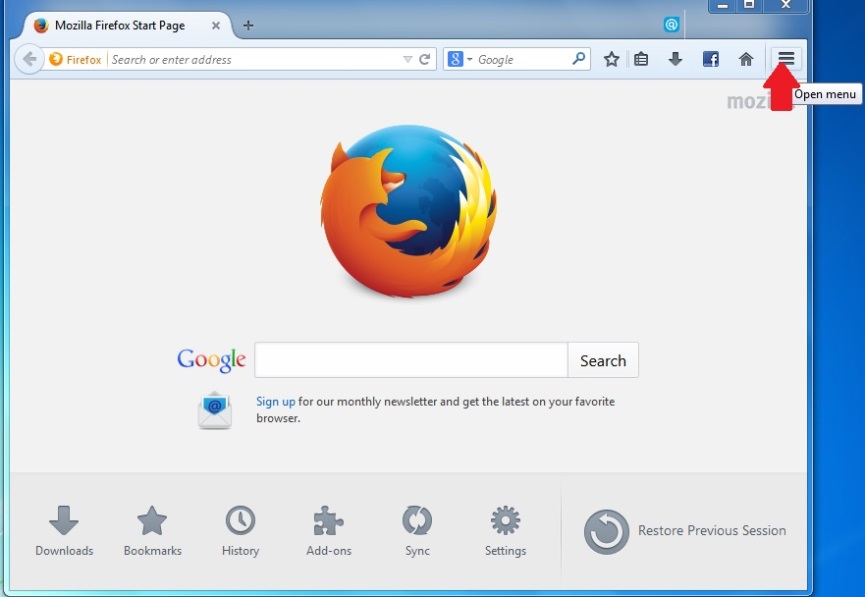







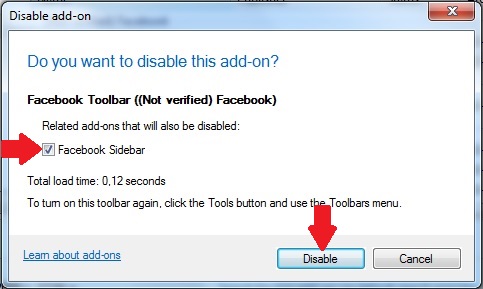


 1. Install SpyHunter to scan for and remove 9939114(.)info.
1. Install SpyHunter to scan for and remove 9939114(.)info.


 1. Install Malwarebytes Anti-Malware to scan for and remove 9939114(.)info.
1. Install Malwarebytes Anti-Malware to scan for and remove 9939114(.)info.



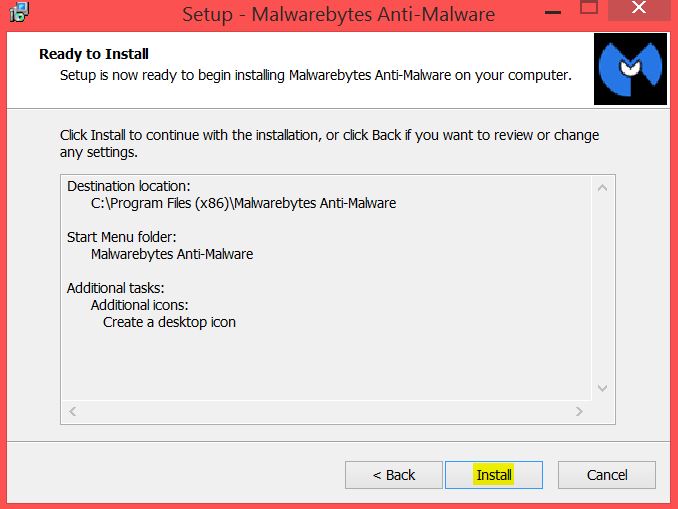


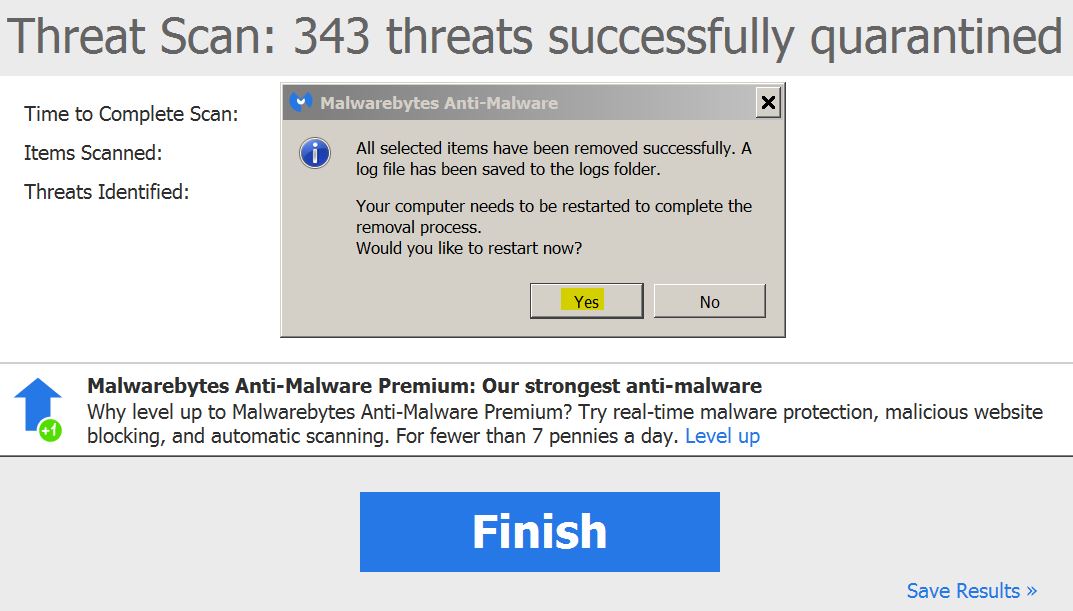
 1. Install STOPZilla Anti Malware to scan for and remove 9939114(.)info.
1. Install STOPZilla Anti Malware to scan for and remove 9939114(.)info.
